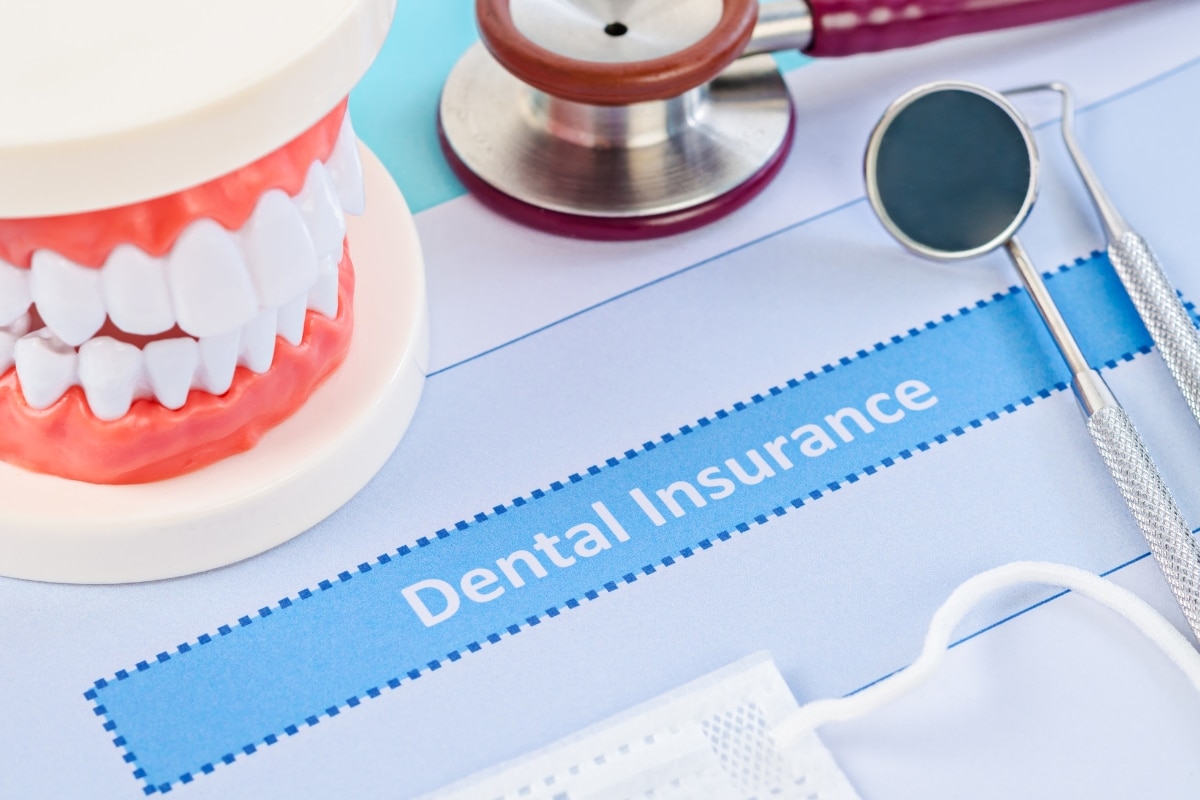
Does something feel off in your mouth? Maybe it’s a persistent ache, a strange pressure, or swelling that just won’t quit. You might have an infected tooth. Most people aren’t eager to lose a tooth. Dentists try to save a natural tooth whenever possible. However, sometimes, keeping it causes more harm than good. Knowing the signs can save you from unnecessary pain and oral health complications.
Read this blog to learn about the signs that indicate that you might need to undergo a tooth extraction procedure.
1. Toothache That Refuses To Go Away
All toothaches are not the same. While some can fade with medication, others can continue to persist, keeping you awake at night. Watch out for pain that:
- Lingers even after eating or drinking
- Radiates to your jaw, ear, or neck
- Comes in waves or pulses
- Intensifies when you bite down
If the pain refuses to let up, especially if it’s connected to one specific tooth, that’s a red flag. It could be pointing to deep decay, nerve damage, or infection.
2. Swelling That Keeps Spreading
Mild swelling might mean irritation. In case your face starts to puff out, or there’s a weird taste in your mouth, your body could be reacting to an infected tooth.
This kind of infection does not stay in one place. Left untreated, it can spread to nearby teeth, your jawbone, and even your bloodstream. Indicators include:
- Swollen jaw or cheek
- Pus or drainage near the gumline
- Difficulty opening your mouth fully
- Tender or bleeding gums
Sometimes, antibiotics can manage the infection temporarily; however, you might need tooth extraction in Gold River as a permanent solution..
3. Wiggly, Loose Adult Teeth
Teeth aren’t meant to move around once you develop your permanent teeth. Adult teeth can become mobile due to:
- Gum disease (periodontitis) that eats away at the supporting bone
- Dental trauma, like a sports injury or accident
- Advanced decay compromising the root
It may not be salvageable if the tooth has lost its anchor and starts shifting or wiggling. In that case, a tooth extraction can prevent surrounding teeth from being affected.
4. Deep Cracks That Reach the Root
Chomping on ice, grinding your teeth at night, or biting into something hard can do more than cause temporary discomfort. Sometimes it leads to hairline cracks. Cracks that run beneath the gumline or reach the root often leave little room for repair. Symptoms may include:
- Sensitivity to hot or cold
- Pain when chewing
- A tooth that feels “off” or oddly flexible
Once the crack is deep enough, tooth extraction becomes the safest bet.
5. Crowding That Affects Bites and Daily Life
Not all extractions are caused by pain or damage. Some teeth, especially wisdom teeth, simply don’t fit. Impacted wisdom teeth are notorious for:
- Pushing against neighboring molars
- Causing jaw pain or tightness
- Creating space for infections to flourish
In orthodontic cases, a healthy tooth might be removed to create space for a straighter bite.
6. Infection That Can’t Be Contained
Ever had a root canal and still felt like something wasn’t right? Some infections are stubborn. They resist treatment, recur, or settle deep in the bone where antibiotics can’t reach. Signs of a chronic infection include:
- Recurring gum boils or pimples near the affected tooth
- Persistent bad breath or taste
- A cycle of healing and re-infection
If the same area keeps acting up despite multiple procedures, the dentist might recommend the procedure to protect your oral health.
How Do Dentists Decide?
Every case is different. Dentists use X-rays, 3D scans, and a physical exam to determine whether a tooth can be saved. If a filling, crown, or root canal can restore it, that’s often the first choice. Removal might be the cleanest, healthiest option once the structural integrity is gone or infection threatens other parts of your mouth.
Tooth extraction is never recommended lightly. With today’s restorative options like implants, bridges, or partial dentures, losing one tooth doesn’t mean your smile is compromised forever.
Ignoring symptoms won’t make them disappear. If something feels off, trust your gut and get it checked. Often, the earlier you address dental issues, the more options you’ll have.
Remember, pain isn’t the only indicator. Sometimes the signs are subtle, like changes in pressure or a strange taste. Are you still wondering if you need this procedure? Schedule a consultation today to learn more.





